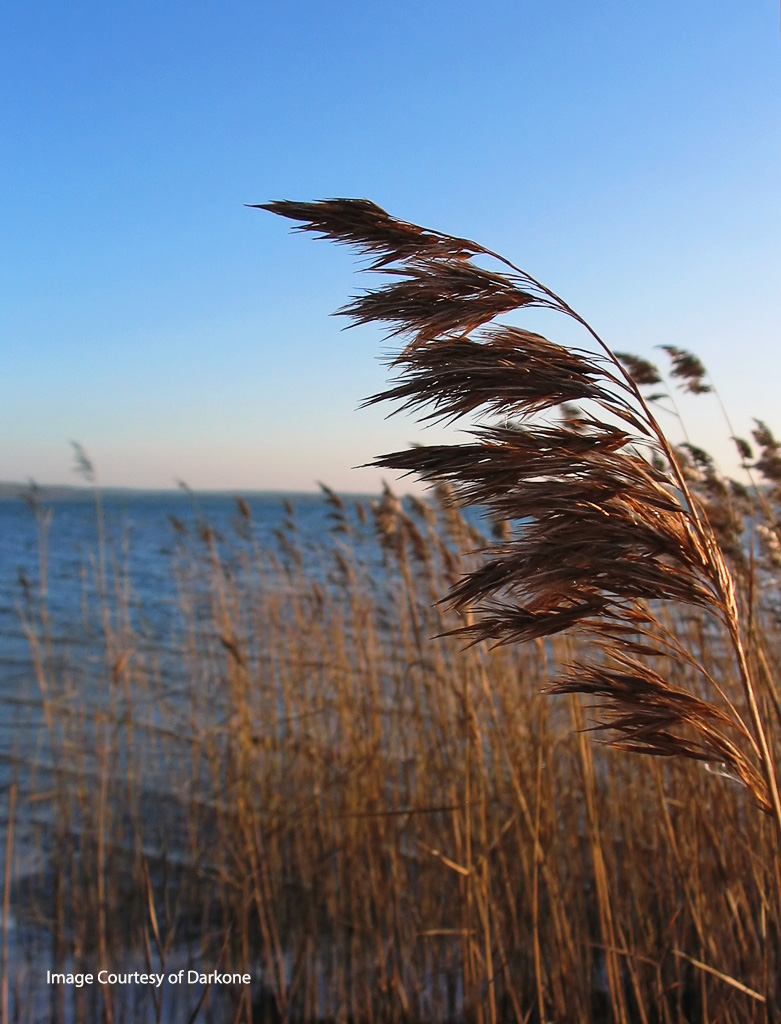IARC
Almost two years ago, I wrote an article hoping “we are finally at a place when a few influential scientists with integrity will have the courage to speak out and demand that the 2015 IARC assessment of glyphosate be retracted or revised.” That has not happened, and the results are devastating.
The importance of the 2015 International Agency for Research on Cancer (IARC) assessment of glyphosate cannot be overstated. In 2015, IARC, a semi-autonomous unit of the World Health Organization (WHO), classified glyphosate as “probably carcinogenic to humans.”
IARC is the only agency that has concluded that glyphosate poses a carcinogenic risk. Health Canada, the European Food Safety Authority, the European Chemicals Agency, the Food and Agriculture Organization of the United Nations, and many other international agencies have concluded that it is not carcinogenic. IARC’s conclusion was based on:
- One study in humans that showed a positive association with non-Hodgkin’s lymphoma, ignoring the vast majority of the human studies that showed no increase in cancer.
- Animal studies that did not reach statistical significance, saying “positive trends,” were seen in several studies. This runs contrary to sound science because these results are likely to have occurred by chance.
The actions since that time have been disappointing. Not only did 124 scientists publish a letter in 2015 arguing against criticism of IARC, but they also accused the critics of IARC of being in the pockets of corporations.
Lawsuits
The IARC conclusion on glyphosate was enough to cause great celebration among trial lawyers who finally had a conclusion from an international agency that would work in their favor. They believed that it did not matter how many agencies have said that Roundup did not cause cancer; this positive conclusion by IARC would be enough to sway juries and judges.
And in many cases, it was enough. After several highly publicized verdicts ruling against Bayer in 2018 and 2019, the last five trials have returned judgments in favor of Bayer, saying that Roundup did not cause the plaintiff’s cancer.
However, Bayer has decided to stop selling Roundup for residential use in the US this year (2023). They stated that this does not include any admission of liability or wrongdoing; instead, their actions result from the US mass tort system.
What is the U.S. position on glyphosate?
Several environmental groups are calling on the US and the States to ban glyphosate. In 2020, EPA found that there are no risks to human health when glyphosate is used in accordance with its current label and that glyphosate is unlikely to be a human carcinogen. The Courts have subsequently vacated that decision, and the EPA ordered to repeat their analysis. Although no States have totally banned it, many cities and municipalities have halted its use, with California (no surprise) at the top of the list, where it is banned or restricted in over 20 cities or counties.
The Resulting Impact
Glyphosate is the best tool available for fighting invasive plants. Non-native terrestrial and aquatic weeds have overtaken public and private lands destroying native plants and animals. This is more than just a concern among a few conservationists; invasive species are destroying fish and wildlife habitats, resulting in losses of native species, some on the endangered species list. This is an unintended consequence that environmental groups such as the Environmental Working Group, Natural Resources Defense Council, and the Sierra Club choose to ignore.
For small home lots or gardens, various methods have been suggested to control weeds without pesticides, including applying:
- Boiling water
- Vinegar
- Newspaper or cardboard
- Corn gluten meal
- Vodka (1 ounce of vodka mixed with 2 cups of water)
- Soap
or the tried and true: mechanical removal (pulling them out!)
Although these methods may work in small areas, they are not a practical solution for the millions of acres of public or private lands, which is why it is essential glyphosate not be removed from the market entirely.
 In Florida (known as the weed hell of the US), the invasive old-world climbing fern has taken over large parts of the Everglades. As shown in the photo, it forms dense smothering mats over trees, shrubs, and other vegetation. It spreads by wind-dispersed spores, excluding wildlife, including birds, ducks, deer, otters, and amphibians. It is often found in very remote areas, making containment very difficult. The only management option available is glyphosate, which is remarkably effective, leading to the speedy reemergence of native ferns and other plants, clearly an important environmental outcome.
In Florida (known as the weed hell of the US), the invasive old-world climbing fern has taken over large parts of the Everglades. As shown in the photo, it forms dense smothering mats over trees, shrubs, and other vegetation. It spreads by wind-dispersed spores, excluding wildlife, including birds, ducks, deer, otters, and amphibians. It is often found in very remote areas, making containment very difficult. The only management option available is glyphosate, which is remarkably effective, leading to the speedy reemergence of native ferns and other plants, clearly an important environmental outcome.
 Phragmites are non-native reed grasses, probably the most widely distributed and abundant grass on earth. These grasses are causing great harm to wetlands across the US, crowding out native plants and evicting mammals, birds, fish, and invertebrates from their native habitats. For example, in Utah, phragmites have eliminated gamefish and waterfowl and caused the June sucker (a federally endangered fish) to be close to extinction. Due to the extended root system of the phragmites, glyphosate is often the only management option.
Phragmites are non-native reed grasses, probably the most widely distributed and abundant grass on earth. These grasses are causing great harm to wetlands across the US, crowding out native plants and evicting mammals, birds, fish, and invertebrates from their native habitats. For example, in Utah, phragmites have eliminated gamefish and waterfowl and caused the June sucker (a federally endangered fish) to be close to extinction. Due to the extended root system of the phragmites, glyphosate is often the only management option.
Another invasive plant is leafy spurge, which has taken over habitats in the upper Great Plains, including Minnesota, North Dakota, and South Dakota. It has reduced bird populations and excluded elk, deer, and bison from these habitats. For small infestations, a very small amount of glyphosate injected into stems is adequate, and for large infestations, treatment from backpack sprayers is  used. These treatments are very effective, resulting in a tremendous resurgence of native plants after one year of treatment.
used. These treatments are very effective, resulting in a tremendous resurgence of native plants after one year of treatment.
The Nature Conservancy is one of the few environmental groups that strongly support the use of glyphosate to control invasive species.
“I think we need to consider both the ecological and societal impacts of not having this tool. And then compare the risks of using a small amount of the herbicide, versus the much greater impact of having invasive species spread across the landscape.”
- Brendan Quirion, an invasive species specialist with The Nature Conservancy
Some environmental groups have tried to vilify EPA by saying that EPA holds the same position as Bayer/Monsanto and is bowing to industry pressure by not banning it. They refuse to acknowledge that every national and international organization (except IARC) has concluded that glyphosate does not pose a carcinogenic risk and is safe when used responsibly.
Glyphosate is an example of what happens when economic and more significant societal impacts are not factored into the analysis of banning substances that have been safely used for years. States, cities, and towns rushing to ban glyphosate need to think long and hard about the impacts on their communities when they no longer have this tool in place. Their favorite lakes, streams, and wildlife areas could become unrecognizable.
A sincere thank you to Mr. Ted Williams, one of today’s most influential conservation writers, who provided me with much of the material for this article.




